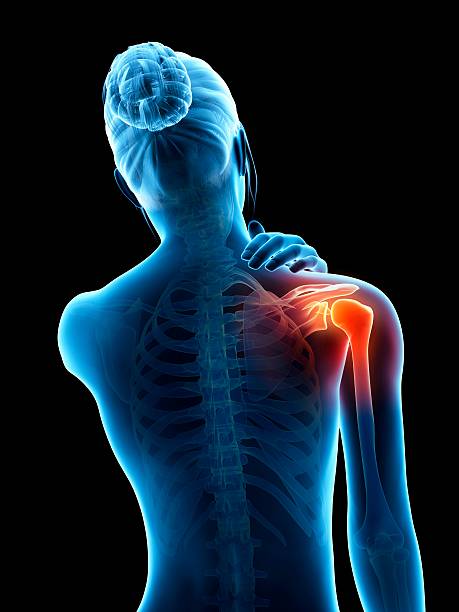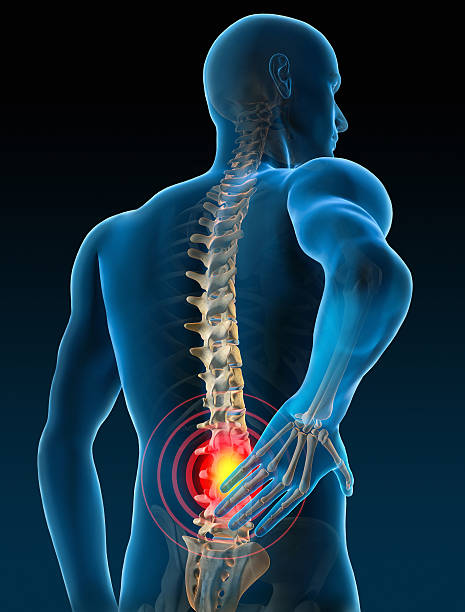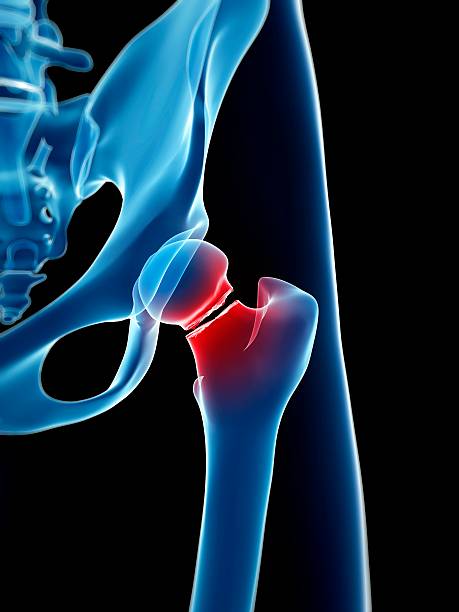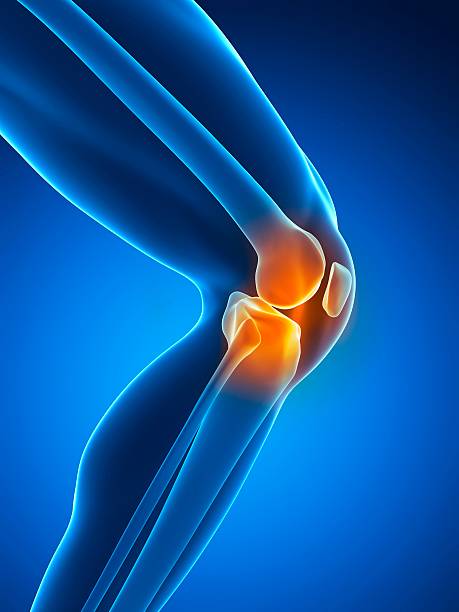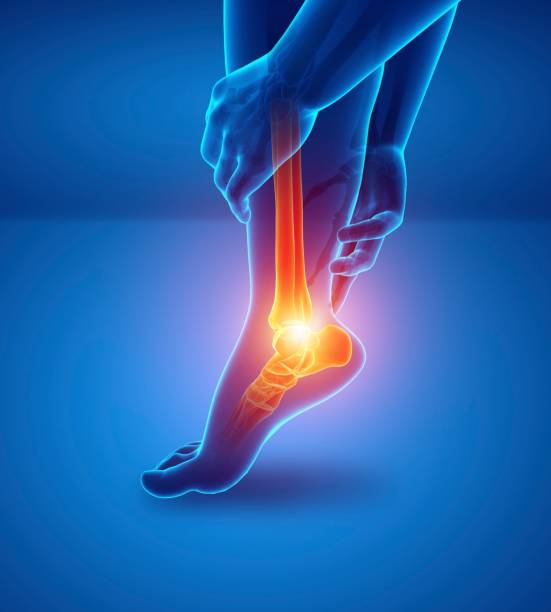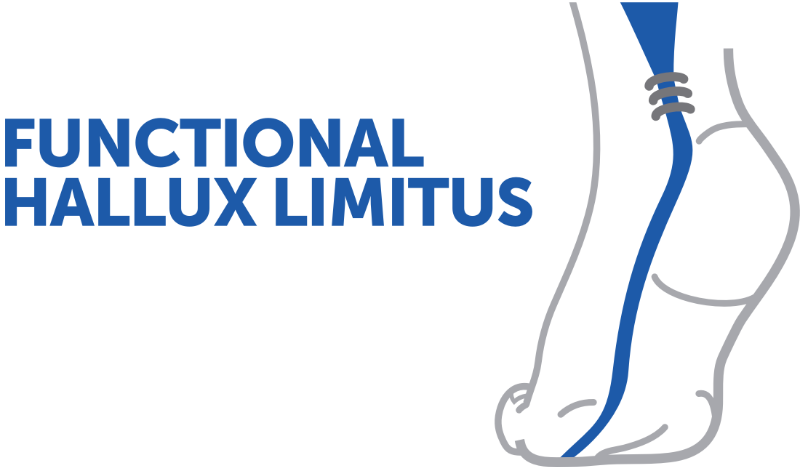Robotic hip surgery: precision and 3D planning
This lecture explores the advantages and limitations of robotic surgery for total hip replacement. Through a detailed presentation of 3D planning tools and robotic systems such as Mako, the speaker emphasizes precision, reproducibility, and conflict reduction. Particular attention is paid to preoperative planning, treatment personalization, and complex cases.
Doctors
Topics
Treatments
Advice
- Prof. Pascal Kouyoumdjian
- History of robotic surgery
- Types of robots (active, passive, semi-active)
- Benefits of 3D Planning
- Implementation and offset
- Complex cases
- Robot-assisted total hip replacement
- Using 3D planning to improve implant positioning
- Robotization makes it possible to simulate movements in real situations
- Anticipate conflicts and optimize offset
Information
Video type:
Anatomy:
Surgery:
Thematic:
Robotics in PTH: from 3D planning to controlled execution
Robotics is an optimized ancillary that enhances precision and reproducibility. It relies on 3D planning integrating sitting and standing positions to anticipate conflicts and instabilities.
What the robot allows in the operating room
Haptic guidance to prepare the acetabulum and position the cup according to the planned angle, stem navigation and intraoperative control of length and offset.
The expected angular accuracy is in the order of 1–2 degrees depending on the system.
The robot helps to avoid malpositions responsible for conflicts or dislocations.
Expected benefits for the patient
An implantation more in line with the preoperative plan, fewer psoas conflicts, and optimized stability. In the long term, the result also depends on the indication and rehabilitation.
Limits, costs and data
Deployment involves specific training, equipment cost and data governance when images are hosted abroad.
Not all cases require robotization; the decision remains individualized.
A hip replacement is a compromise: planning helps to make the right intraoperative choices.
Who should use it primarily for?
Particular interest in complex anatomies, spinal history, suspected anterior conflict, or when precision of orientation is decisive.
Key message
Robotics is not an end in itself; it is a means to make already effective surgery more reliable. When properly indicated, it contributes to reproducible implant positioning and better prevention of conflicts.
Pathologies treated at the center
Hallux Limitus
Functional
Your pain has a cause.The balance sheet allows us to understand it.
- Gait analysis
- Posture Assessment
- Guidance on the right treatment
- Study of plantar supports and supports
- Detection of compensations
- Pain–movement correlation
The functional assessment allows us to understand how a joint or postural imbalance can trigger or perpetuate pain. Very often, imaging is normal, but movement is disturbed. By analyzing gait, weight-bearing patterns, or posture, we identify the weak links in the chain and guide targeted treatment adapted to the patient's actual mechanics.


